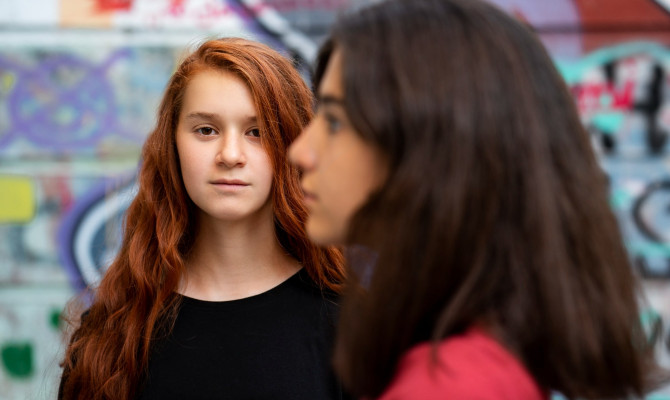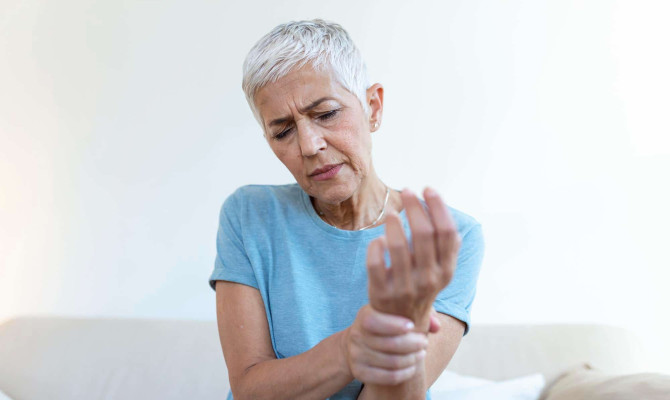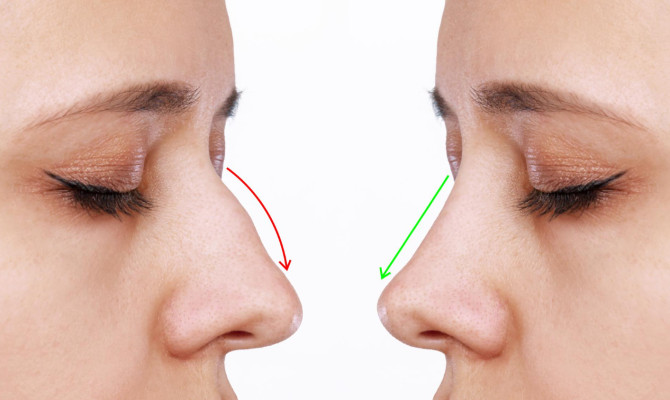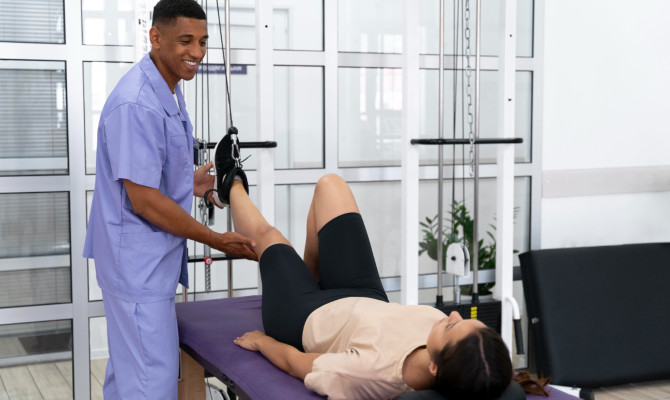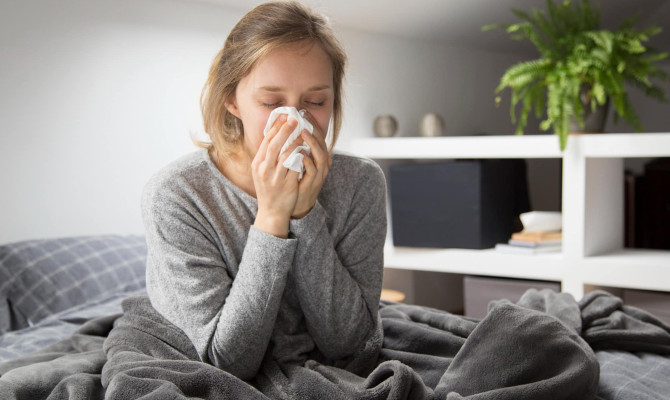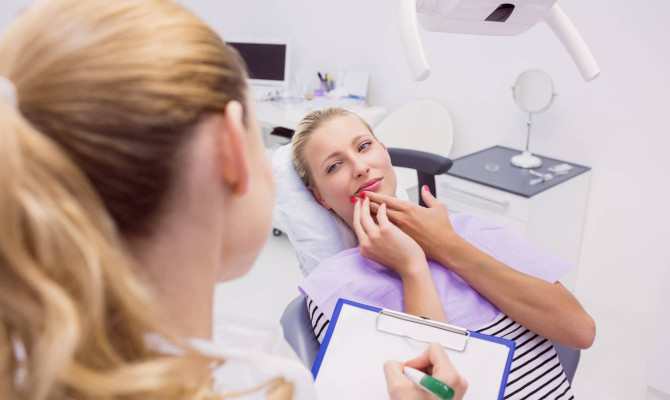Athlete’s Foot: Causes, Symptoms, and Treatment

- Athlete's Foot
- 14 Aug 2023
Overview
What is Athlete’s Foot?
Tinea Pedis, another name for athlete’s foot, is a typical fungal infection of the epidermis on the feet. A class of fungi known as dermatophytes, which flourish in warm, moist environments like sweaty socks and shoes, are responsible for the condition.
An athlete’s foot usually begins between the toes, but it can also affect the hands, toenails, and even the soles of the feet. It can also be contracted directly from infected skin. 1What is Athlete’s foot? | Researched based study from Nih.gov
How common is an athlete’s foot?
Athletes’ foot is thought to affect 15 to 25 per cent of people worldwide at some time in their lives. 3Prevalence | Researched based study from Nih.gov

Vulnerability
Who is most prone to developing an athlete’s foot?
Athlete’s foot is widespread in some groups, such as:
- Athletes’ feet or individuals who frequently engage in physical activity that causes perspiration and wear closed-toe shoes create an environment that is warm, moist, and ideal for fungal growth.
- Users of public baths, such as those found in gyms or swimming pools, as the fungi can flourish in moist, warm environments.
- People whose immune systems are compromised, such as those who have diabetes, HIV/AIDS, or are enduring chemotherapy.
Symptoms
Symptoms and signs
- The affected region has an itching, burning, or stinging feeling.
- The skin on the feet, particularly in the space between the toes, develops redness, scaling, and splitting. Skin that is dry and flaky on the sides or bottoms of the feet.
- Blisters that could leak or turn crusty.
- Odour comes from the affected region that smells bad.
- Toenails that are thick, discoloured, and brittle. 4Symptoms and Signs | Researched based study from Nih.gov
Athlete’s foot: Is it spreadable?
An athlete’s foot is infectious, yes. It is a fungal infection that can spread through direct touch with an infected person, contact with an infected person, contact with infected surfaces, such as the floors of public showers or locker rooms, and contact with infected people.
It’s crucial to practice good hygiene, which includes routinely washing and drying of your feet, wearing clean socks and shoes, and avoiding walking barefoot in public places, to help prevent the spread of athlete’s foot.
Also, you must refrain from sharing towels and sneakers if you have an athlete’s foot.
Causes
What are the causes?
Dermatophytes, a class of fungi that flourish in warm, moist environments like the interior of shoes and socks, are the culprits behind an athlete’s foot. Trichophyton rubrum, Trichophyton mentagrophytes, and Epidermophyton floccosum are the three most prevalent fungi that induce athlete’s foot. 1What are the causes? | Researched based study from Nih.gov
Listed below are a few typical reasons for an athlete’s foot.
- Sweating: Excessive sweating can produce a warm, humid atmosphere ideal for the fungus’s growth and reproduction.
- Walking barefoot: You risk contracting an athlete’s foot by going barefoot in public restrooms, swimming areas, and fitness centers.
- Tight shoes: Wearing shoes that are too small or tight can increase your risk of getting an athlete’s foot. Tight shoes can also be caused by wearing dirty socks and shoes.
- Immune system weakness: People with immune systems that are already compromised, such as those with diabetes or HIV, are more likely to acquire an athlete’s foot.
Diagnosis
What are the Diagnostic factors?
Physical examination
- A clinician can frequently make the diagnosis after physically examining the affected region. The healthcare practitioner will check for signs and symptoms like redness, scaling, cracking, and itching between the toes or on the soles of the feet.
- A Wood’s lamp, a specialized ultraviolet light, may occasionally be used by your doctor to inspect the affected region more thoroughly and search for fluorescent particles that signify a fungal infection. 4What are the diagnostic factors? | Researched based study from Nih.gov
Lab test
- The healthcare practitioner may take a skin sample for laboratory analysis if the diagnosis is unclear or the infection is severe. To do this, a tiny piece of the affected skin must be removed, or skin debris must be collected from the area, examined under a microscope, or cultured in a lab.
- The type of fungus causing the infection can be identified, and the best course of therapy can be determined through laboratory testing.
- If you think you have an athlete’s foot or the symptoms don’t go away with home therapy, it’s critical to see a doctor.
Treatment

What are the Treatment strategies involved?
The following are some athlete’s foot remedies:
Antifungal prescription medications
- Antifungal creams or ointments sold over the counter can be applied directly to the regions affected and are typically successful in treating mild instances.
- If over-the-counter remedies are unsuccessful, your doctor may recommend a harsher drug, such as an oral or topical antifungal.
Drying off the feet
- Keeping your feet dry is crucial because the fungus loves damp areas. You can apply talcum or antifungal powders on your feet to help absorb wetness.
- Wearing sandals or open-toed shoes can help keep your feet clean by washing them frequently with soap and water, which can stop the fungus development. Dry off your soles completely.
Avoiding the sharing of private goods
- Never share personal things like socks, shoes, or towels to stop the spread of the infection.
Getting rid of toenail infection
- Addressing any toenail fungus is crucial because it can spread to the skin and result in an athlete’s foot. Your doctor might suggest a topical therapy or write an antifungal prescription.
Risk
Risk factors
The accompanying list includes some risk factors for an athlete’s foot.
- Foot sweat or moisture-Athletes’ foot is more likely to form on feet that are excessively moist because moisture creates the perfect environment for fungi to thrive.
- Snug-fitting footwear-Shoes that fit tightly trap heat and dampness, which helps fungi thrive.
- Going barefoot to the neighborhoods-Athletes’ foot risk can rise barefoot in public spaces like showers, locker rooms, and swimming pools.
- Sharing hosiery or shoes-An athlete’s foot can be transmitted by wearing the same socks or shoes as someone with the condition.
- Reduced immunity-Athletes’ foot is more contagious in people with compromised immune systems, such as HIV or enduring chemotherapy.
- Age-Older people are more likely to develop athlete’s foot because their skin is thinner and less infection-resistant.
- Gender-It commonly occurs in men.
- Climate-Athletes’ foot risk is increased by warm, humid conditions ideal for fungus development.
- Failing to wash one’s feet, for example, routinely, can increase the risk of developing a fungus.2Risk | Researched based study from Nih.gov
Complications
Complications of Athlete’s foot
- Bacterial infection
The skin’s defenses may weaken, making it more vulnerable to bacterial diseases. Cellulitis, a potentially dangerous bacterial skin infection, may develop from this.
- Spreading to different bodily regions
In addition to causing jock itch, ringworm, and nail fungus, an athlete’s foot can also travel to other body areas, including the hands, nails, and groin.
- Chronic foot diseases
It can potentially develop into a chronic disease with frequent and protracted symptoms.
- Allergic responses
An athlete’s foot can occasionally lead to an allergic response that manifests as blisters, itching, and redness.
- Worsening of pre-existing conditions
An athlete’s foot can worsen eczema, psoriasis, and other skin diseases.
- Foot odour
The development of germs and fungi can result in foot odour. 1Complications| Researched based study from Nih.gov
Prevention
What are the Preventive factors?
- Keep your feet dry and tidy
Regularly wash your feet in soap and water, then dry them thoroughly, paying particular attention to the space between your toes.
- Put on ventilated shoes
Your feet can stay dry by wearing shoes made of breathable fabrics like leather or canvas, which enable air to circulate your feet.
- Regularly replace your sneakers and socks
Every day, put on fresh, dry hosiery, and replace any that get wet. Give your shoes time to air out between uses, and avoid donning the same pair of shoes every day.
- Utilize antimicrobial medications
Regularly apply antifungal cream or powder to the area between your toes and your feet, especially if you are prone to the athlete’s foot.
- Do not go barefoot in public spaces
Wear sandals or flip-flops in communal showers, locker rooms, and swimming pool areas to reduce the risk of picking up the infection from others.
- Avoid sharing personal items
Do not share towels, socks, shoes, or any other personal items with others.
- Be cautious when using nail salons
If you get pedicures at nail salons, ensure the tools are properly sanitized and avoid shaving your legs before getting a pedicure. 2Preventive factors | Researched based study from Nih.gov
Any feedback on this article?
 This Articles content was accurate
This Articles content was accurate Very Informative Article
Very Informative Article I have a question or a comment
I have a question or a comment
 This article contains inaccurate content
This article contains inaccurate content This article was not helpful
This article was not helpful I have a question or a comment
I have a question or a comment
We appreciate your helpful feedback!
Checkout our social pages
References
-
National Institutes of Health
Tinea Pedis | Overview | Treatment | Complications
-
National Institutes of Health
Athlete's foot: Overview | Risk | Prevention
-
National Institutes of Health
Athlete's foot | Prevalence
-
National Institutes of Health
Topical treatments for athlete's foot | Symptoms | Diagnosis












